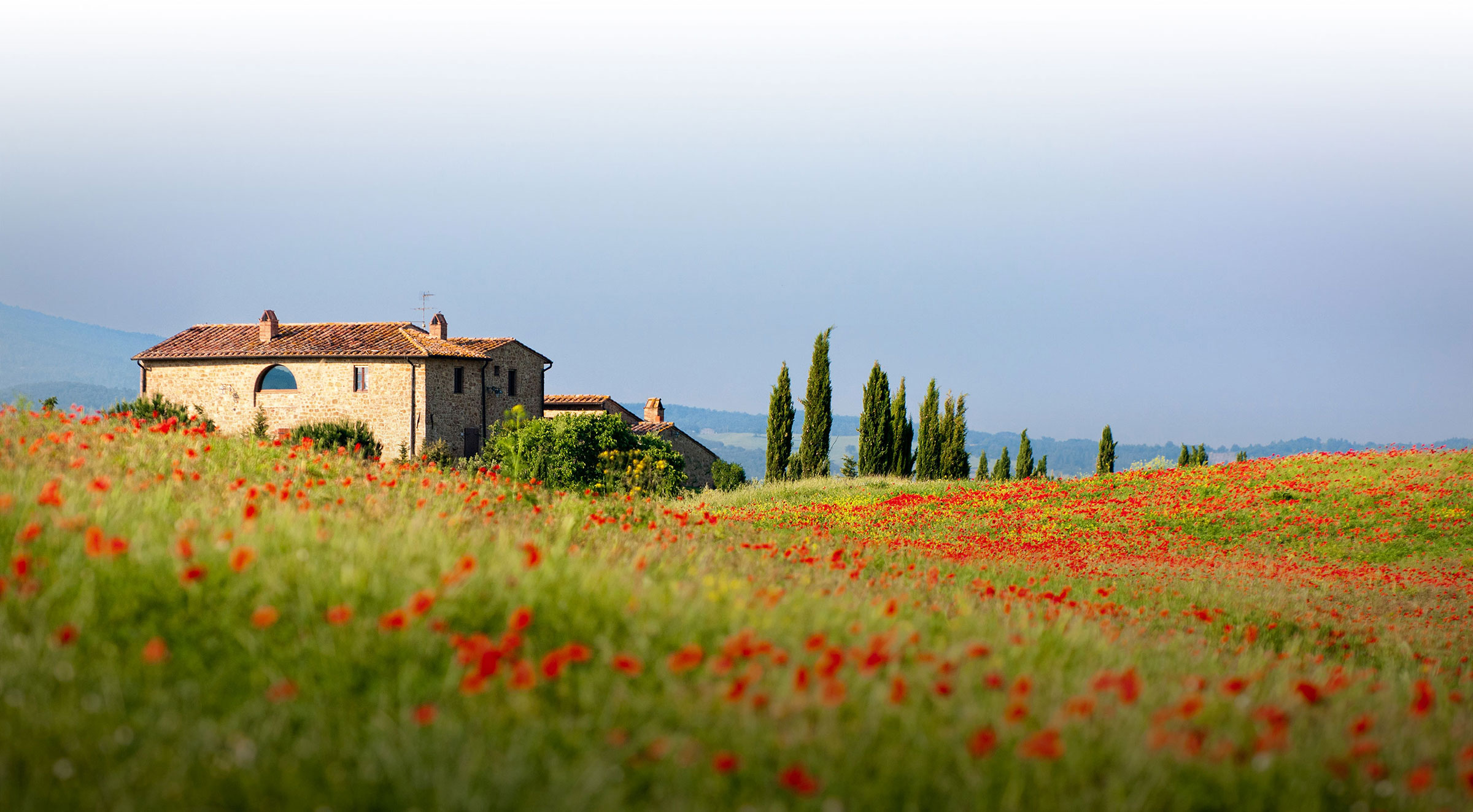Panama Canal
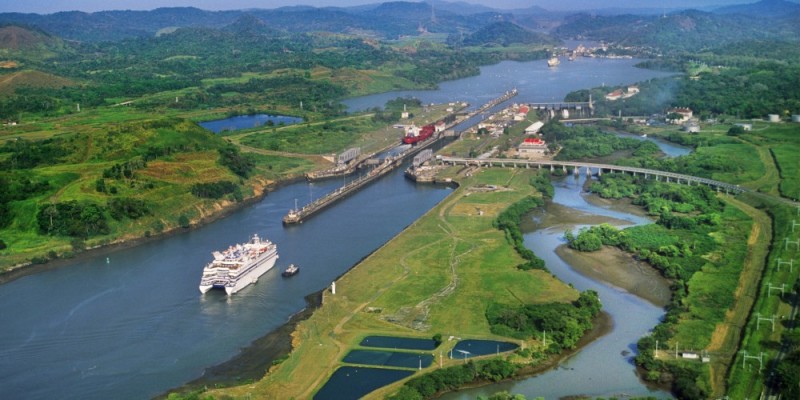
Taking your child on a ship through the Panama Canal is a great way to introduce the ingenious and creative solutions that can come from large-scale engineering projects. A trip to the Panama Canal affords a close up look at this man-made marvel and also provides an excellent opportunity to discuss the political, economic, and medical impact the United States had on the region as a result of building the canal across Panama.
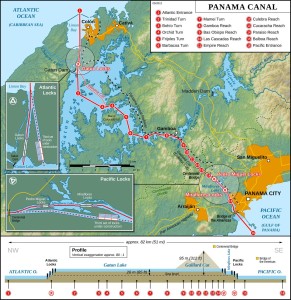 The Panama Canal opened in 1914 and is an engineering marvel that presented a combination of challenges to the planners and engineers working on the project. First, the canal was a massive earthworks project. Earth would have to be removed across the entire length of Panama. Then, the creation of six locks capable of raising what were at that time the world’s largest ships a vertical distance of 85 feet. Additionally, medical advances would also be necessary in order to combat both yellow fever and malaria which are prevalent in tropical climates.
The Panama Canal opened in 1914 and is an engineering marvel that presented a combination of challenges to the planners and engineers working on the project. First, the canal was a massive earthworks project. Earth would have to be removed across the entire length of Panama. Then, the creation of six locks capable of raising what were at that time the world’s largest ships a vertical distance of 85 feet. Additionally, medical advances would also be necessary in order to combat both yellow fever and malaria which are prevalent in tropical climates.
Countries had discussed building a canal for centuries. Having just completed the Suez Canal, the French took on the project under contract with Colombia in the late 1800’s. Colombia controlled Panama during this time period. In order to dig a canal, a railroad had to be built first to haul in equipment and haul out the dirt. The French immediately ran into all sorts of problems but one of the biggest was tropical diseases—especially yellow fever and malaria. Some 12,000 workers died building the railroad and over 22,000 died overall during the French effort to dig the canal. Eventually, the French would abandon the project and sell the opportunity to the United States.
In order to combat disease and make the canal a viable project, medical professionals first had to understand how the disease spread. By 1906, 85 percent of the workers had been hospitalized. Symptoms of yellow fever included headaches, fever, and muscle pain, which were soon followed by jaundice, thirst, and black vomit caused by internal bleeding. As the disease progressed, the patient would experience kidney failure, delirium, seizures, coma, and for many, death. Doctor William Gorgas, a military doctor, believed the disease was being spread by mosquitoes, but few agreed with him. In fact, the mosquito species stegomyia fasciata does indeed transmit yellow fever. With help from President Teddy Roosevelt, Gorgas was given the resources to eradicate mosquitoes from the canal area. His project successfully eliminated yellow fever and significantly reduced the spread of malaria. Today, the world faces a new mosquito spread disease—the Zika virus. Lessons learned over 100 years ago will be used again, hopefully with the same results.
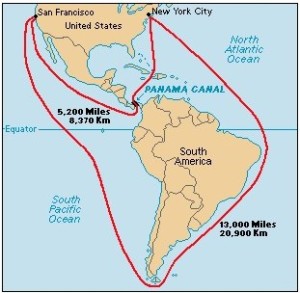 The economic benefits of the Panama Canal construction continue to this day. Prior to the canal, ships had to sail around the southern tip of South America through the treacherous Cape Horn waters. The benefits of the canal included lower insurance rates, saved fuel costs, fewer days of labor for seamen, and faster delivery of food. Shipping bananas from Ecuador to Europe via the canal reduces the length of the trip by 13 days and 5,000 miles. Auto parts shipped from Japan to the U.S. east coast arrive five days faster than they could before the canal was built.
The economic benefits of the Panama Canal construction continue to this day. Prior to the canal, ships had to sail around the southern tip of South America through the treacherous Cape Horn waters. The benefits of the canal included lower insurance rates, saved fuel costs, fewer days of labor for seamen, and faster delivery of food. Shipping bananas from Ecuador to Europe via the canal reduces the length of the trip by 13 days and 5,000 miles. Auto parts shipped from Japan to the U.S. east coast arrive five days faster than they could before the canal was built.
In addition to economic factors, President Teddy Roosevelt also had military reasons for funding the canal. The U.S. Navy needed the ability to move ships back and forth between the Pacific and the Atlantic Oceans. Once the canal was built, the Navy designed the Iowa class battleships to be 32.98 meters wide to fit the 33.5 meter wide locks. Here, we see the wide ranging effect structural decisions can have on an industry.
Talk to your travel expert about the best options for you and your family for a trip to the Panama Canal. Many nearby opportunities such as the avian diversity of Costa Rica or the tropical gardens of Panama make great first stops on a longer itinerary. Often, trips to Panama can be combined with visiting Caribbean islands. Our travel experts will help you to construct a memorable and educational experience for your family.
Learning Opportunities:
- See first-hand an engineering marvel on a massive scale.
- Understand the challenges faced by engineers when making decisions.
- Develop an understanding of the wide range of considerations required when tackling any problem.
- Discuss the techniques used to prevent the spread of infectious diseases.
- Explore tropical geographies and see many different types of wildlife in a native habitat.
Talk to your Travel Expert about the best options for you and your family. Take in the amazing diversity of birds and tropical gardens in Costa Rica or Panama before you get on/off a ship. Visit several of the beautiful Caribbean Islands as part of the cruise.

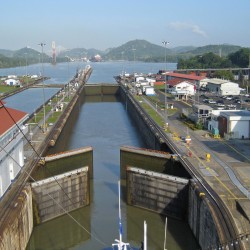
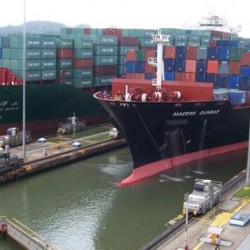
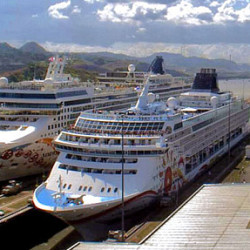
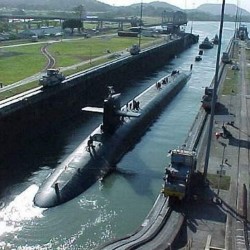
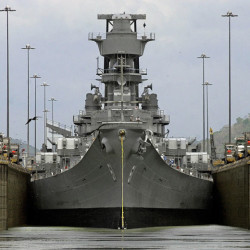
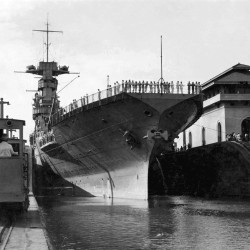
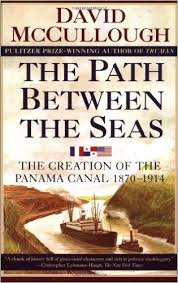 The Path Between the Seas: The Creation of the Panama Canal, 1870-1914
The Path Between the Seas: The Creation of the Panama Canal, 1870-1914
